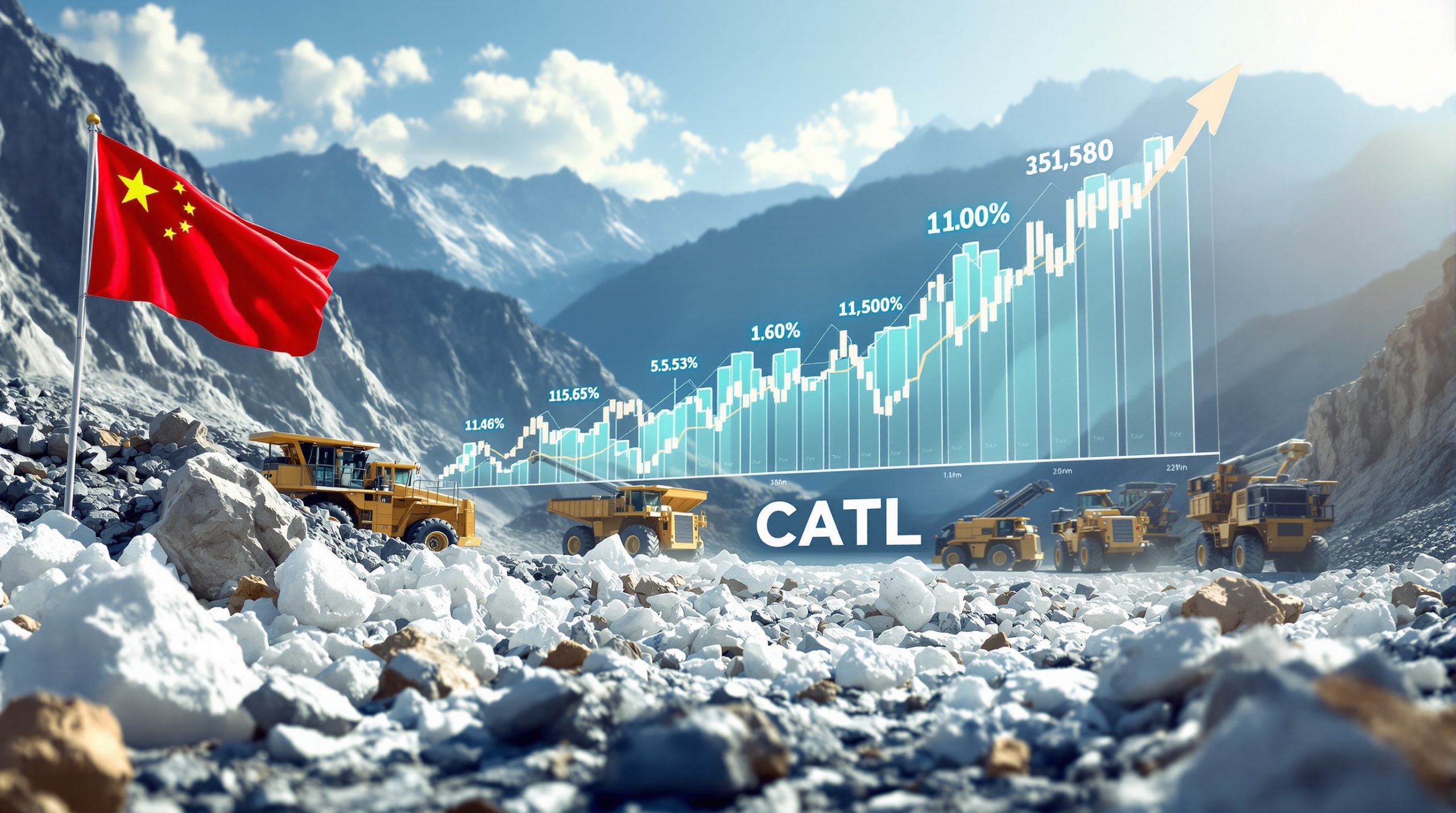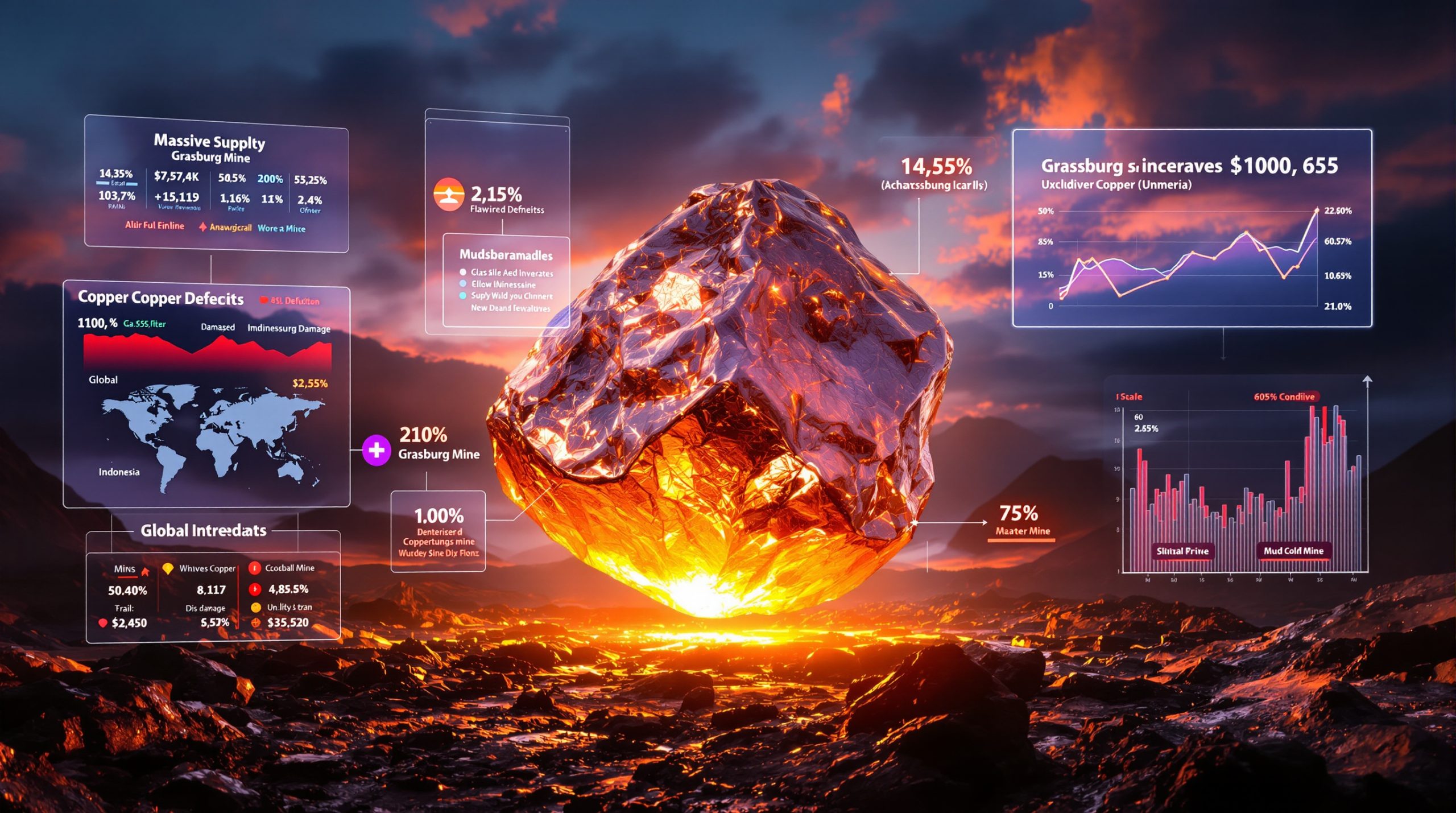Recent Leadership Dynamics at Barrick Gold: Industry Implications
In the ever-evolving landscape of global mining, leadership transitions carry significant weight for corporate direction, shareholder confidence, and market positioning. The gold mining sector in particular operates under intense scrutiny as companies navigate complex geopolitical landscapes, resource nationalism challenges, and volatile commodity markets. The recent leadership change at Barrick Mining represents a pivotal moment that could reshape industry dynamics amid all-time high gold prices.
Examining Leadership Continuity in Mining Giants
Leadership continuity represents a crucial factor for mining companies managing long-term projects spanning decades. Executive tenures in major mining corporations typically average between 5-7 years, with succession planning becoming increasingly transparent to reassure investors about organizational stability.
At Barrick Gold, leadership has been characterized by strategic vision following the transformative 2019 merger with Randgold Resources. This union created one of the world's largest gold mining companies with a diversified portfolio spanning multiple continents and jurisdictions.
The Critical Role of Experience in Mining Leadership
Mining executives face unique challenges requiring specialized expertise across geology, engineering, government relations, and finance. Effective leaders in this sector must demonstrate:
- Technical knowledge of mining operations and mineral extraction
- Experience navigating complex regulatory frameworks
- Diplomatic skills for community and government engagement
- Financial discipline balancing capital allocation priorities
- Environmental stewardship capabilities
Leadership in modern mining also demands balancing traditional operational excellence with increasing ESG (Environmental, Social, and Governance) expectations from investors, communities, and regulatory bodies.
Strategic Challenges in Modern Gold Mining
Portfolio Optimization and Financial Discipline
Major gold producers continually evaluate their asset portfolios to maximize shareholder returns. This process typically involves:
- Divesting non-core assets that fall below production or margin thresholds
- Reinvesting in high-grade, long-life operations
- Maintaining exploration pipelines for future growth
- Establishing disciplined capital allocation frameworks
Barrick's post-merger strategy has emphasized debt reduction while prioritizing shareholder returns. The company has implemented tier-based asset classification, focusing capital on mines delivering the highest returns. This approach represents industry best practice in an era where "quality over quantity" dominates mining investment decisions.
Pakistan's Reko Diq Project: A Strategic Case Study
The massive Reko Diq copper-gold project in Pakistan's Balochistan province illustrates the complex challenges facing mining leadership. This world-class deposit contains:
- Estimated reserves exceeding 12 million tonnes of copper
- Approximately 21 million ounces of gold
- Potential 60+ year mine life at planned production rates
However, development has faced numerous obstacles:
- Previous legal disputes resulting in international arbitration
- Complex negotiations with Pakistani authorities
- Infrastructure challenges in remote Balochistan
- Community engagement requirements
- Massive capital expenditure needs exceeding $7 billion
Projects of this magnitude represent both tremendous opportunity and substantial risk, requiring seasoned leadership to navigate the development journey toward production.
Mali Operations: Navigating Resource Nationalism
Mali exemplifies the resource nationalism challenges facing multinational mining companies. The Loulo-Gounkoto complex represents a significant production center for gold mining operations in West Africa, but recent developments highlight the operational risks:
- Regulatory disagreements escalating to operational interference
- Export restrictions impacting revenue flows
- Production disruptions affecting quarterly results
- Impairment charges reflecting deteriorating operating conditions
These challenges aren't unique to any single company but reflect broader industry exposure to geopolitical instability in resource-rich regions. According to Mali mining dispute reports, such tensions can ultimately influence executive decisions and corporate strategy.
Market Position Considerations in Gold Mining
Gold Price Environment and Strategic Timing
Gold prices have shown remarkable strength in recent years, driven by:
- Global economic uncertainty and inflation concerns
- Central bank purchasing trends
- Geopolitical instability in multiple regions
- Supply constraints from major producers
Current gold prices hovering near $2,500 per ounce (as of September 2024) create both opportunities and strategic imperatives for major producers. The gold stock market relationship often becomes more pronounced during periods of economic uncertainty, potentially influencing leadership decisions at major mining houses.
However, leadership decisions during price peaks require discipline to avoid the historical industry pattern of value destruction through overpriced acquisitions or marginal project approvals.
Competitive Positioning Among Major Gold Producers
The gold mining landscape features several major players competing for investor attention. Key competitive factors include:
| Competitive Factor | Strategic Importance | Industry Trend |
|---|---|---|
| All-in Sustaining Costs | Determines profit margins and cash flow | Increasing due to inflation pressures |
| Reserve Replacement | Ensures production sustainability | Declining industry-wide discovery rates |
| Jurisdictional Risk | Impacts valuation multiples | Growing preference for OECD jurisdictions |
| ESG Performance | Affects access to capital and licenses | Increasing investor and regulatory focus |
| Production Growth | Drives revenue expansion potential | Flat to declining among majors |
Industry analysts frequently note that companies demonstrating cost discipline while maintaining production growth attract premium valuations in the performing gold market.
Transition Management Strategies in Mining
Board Governance and CEO Selection Parameters
When mining companies undergo leadership transitions, boards typically establish structured search processes focusing on specific criteria:
- Technical mining expertise and operational experience
- Track record of capital allocation discipline
- History of successful stakeholder engagement
- Crisis management capabilities
- Cultural fit with organizational values
Search committees often balance internal candidates (ensuring continuity) with external options (introducing fresh perspectives). This process typically spans 6-12 months for permanent appointments, as seen in recent leadership transition announcements.
Continuity Priorities During Transitions
During leadership transitions, mining companies typically prioritize:
- Maintaining operational momentum at flagship assets
- Preserving key stakeholder relationships, particularly with host governments
- Continuing critical development projects on schedule
- Reassuring investors about strategic consistency
- Retaining key technical and management talent
Effective transitions demonstrate transparency with all stakeholders while minimizing disruption to day-to-day operations. This balancing act becomes particularly critical for companies with complex multinational portfolios.
Portfolio Management Evolution
Large-Scale Project Management Approaches
Major development projects like Reko Diq demand specialized leadership approaches:
- Stage-gated development processes with regular board reviews
- Partnerships with local stakeholders and governments
- Rigorous capital control mechanisms
- Enhanced risk management frameworks
- Flexible execution strategies adaptable to changing conditions
The industry's historical experience with major project development remains mixed, with cost overruns and schedule delays common. Mining leaders must balance ambition with pragmatism when advancing these company-defining assets.
Regional Strategy Considerations
Geographic diversification remains both a strength and challenge for global mining companies. Regional approaches typically consider:
- Political stability assessment and trend analysis
- Regulatory framework maturity and predictability
- Infrastructure quality and development requirements
- Community engagement complexity
- Technical mining considerations (geology, mineralization)
Many mining executives have pivoted toward "Tier 1" jurisdictions with established mining codes, though this often means accepting higher operating costs in exchange for reduced geopolitical risk. This shift is part of broader mining industry evolution trends responding to changing risk profiles globally.
Operational Excellence Parameters
Production Guidance and Cost Management
Mining investors focus intensely on operational metrics, particularly:
- Annual gold production volumes
- All-in sustaining cost (AISC) per ounce
- Free cash flow generation
- Reserve replacement ratios
- Project development milestones
Leadership transitions often trigger heightened scrutiny of these metrics, with particular attention to any guidance revisions that might signal strategic shifts in the context of current gold price forecast trends.
Capital Allocation Frameworks
Modern mining companies implement structured capital allocation frameworks that typically prioritize:
- Sustaining capital for existing operations
- Balance sheet strength (debt reduction targets)
- Shareholder returns (dividends and buybacks)
- Growth capital for high-return projects
- Exploration investments
The balance between these priorities often signals management's confidence in future market conditions and organic growth potential.
Frequently Asked Questions About Mining Leadership Transitions
What Typically Drives Leadership Changes in Mining?
Leadership transitions in mining can stem from multiple factors:
- Completion of strategic transformation initiatives
- Divergence between board and CEO on future direction
- Operational challenges requiring fresh perspectives
- Natural succession following retirement timelines
- Shareholder activism demanding change
Unlike some industries, mining leadership changes often coincide with commodity price cycles or following major merger integration periods.
How Do Strategic Directions Typically Evolve?
While complete strategic reversals are uncommon during transitions, investors typically watch for subtle shifts in:
- Capital allocation priorities between growth and returns
- Appetite for M&A activity
- Geographic focus adjustments
- Production growth targets versus margin emphasis
- Sustainability commitments and implementation
Significant strategic pivots typically emerge gradually over 12-24 months following leadership changes as new executives establish their vision and priorities.
Project Development Approaches During Transitions
Mining companies typically maintain development momentum on flagship projects during transitions to avoid value destruction. However, potential adjustments may include:
- Re-sequencing of development phases
- Re-evaluation of technical parameters
- Review of partnership structures
- Enhanced risk mitigation strategies
- Revised capital efficiency targets
Industry experience suggests that projects already under construction rarely face fundamental redesign, while earlier-stage developments may see more substantial reassessment.
Mining Industry Leadership Outlook
The mining sector continues evolving toward leadership models emphasizing technical excellence balanced with diplomatic capabilities. Future mining executives will likely need expanded skill sets encompassing:
- Digital transformation expertise
- Climate transition management capabilities
- Indigenous engagement proficiency
- Capital markets sophistication
- Supply chain resilience planning
As the industry navigates complex challenges from resource nationalism to decarbonization, leadership stability remains a critical factor in long-term mining company success.
Disclaimer: This article contains forward-looking statements and industry analysis based on current information. Mining investments involve substantial risks including commodity price volatility, geopolitical uncertainties, and operational challenges. Readers should conduct their own research before making investment decisions based on information presented.
Want to Stay Ahead of Major Mineral Discoveries?
Discovery Alert's proprietary Discovery IQ model delivers instant notifications on significant ASX mineral discoveries, helping investors identify actionable opportunities before the broader market. Explore how historic discoveries have generated substantial returns by visiting Discovery Alert's dedicated discoveries page and begin your 30-day free trial today.




